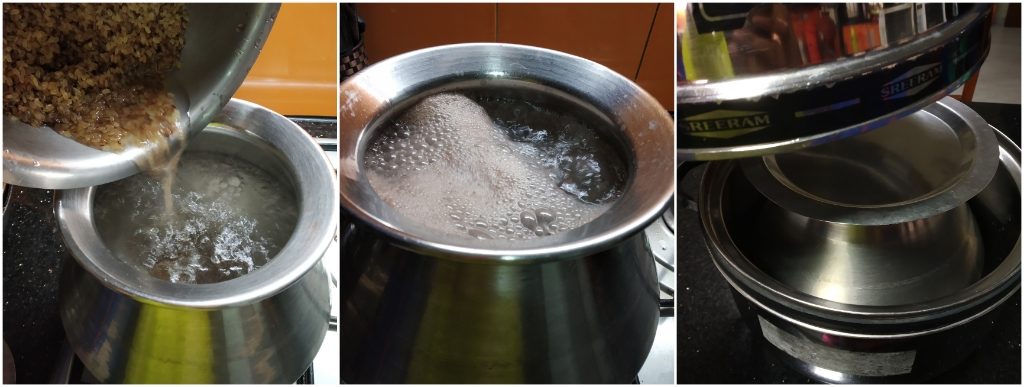This recipe is for Soya Chunk/ nuggets lovers. Soya is known as vegetarian meat. A full-fledged protein source is a by-product of extracting soyabean oil and is relatively healthy, fibre-rich apart from the nutritional value.
Even though I’m not fond of the smell of Soya, My family love to have soya chunks in gravies or Biryani.
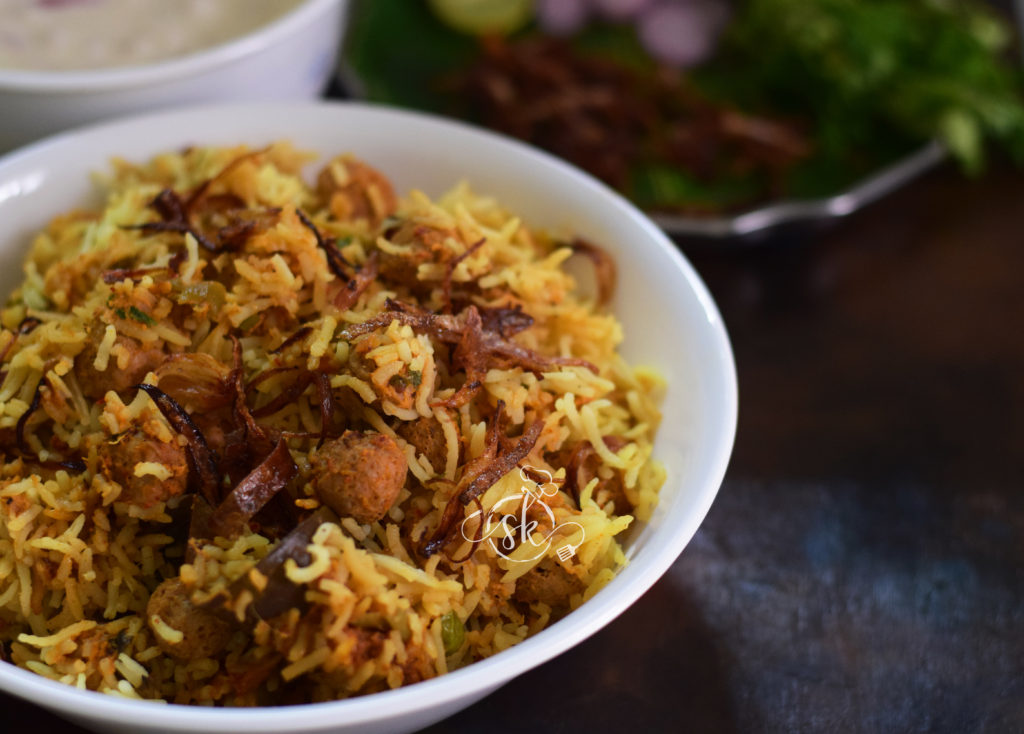
Let us see the Dum Biryani / which I make.
Ingredients:
Basmati Rice – 2 cups (standard cup)
Soya Nuggets – ½ packet ( 2 or 3 cups)
Cashew – 1 fistful ( you can take a mixture of melon seed and Cashew as well)
Milk – to soak Cashew (vegans can use hot water as well)
Onions – 4 medium-sized ( 2 for frying, 2 for the gravy masala)
Veggies – 1 cup ( Beans, Carrot, green peas )
Garam masala or Biryani masala – 2 tbl spoons
Red chilli powder – 1 tsp
Oil- ½ cup ( to deep fry onion and further cooking process)
Rosewater – 1 tablespoon
Lemon – Juice of 1 lemon
Saffron – 7 to 8 strands soaked in 2 tbl spoon of milk (vegans can use any plant-based milk)
Coriander and pudina leaves – chopped (as needed)
For the Gravy Masala:
To Ground into a paste:
Dry ingredients: Coriander seeds – 1 tablespoon, Cinnamon – 1″, Bayleaf – 1, clove – 2, Star anise – 1, Cardamom – 2, Black cardamom – 1, Black peppercorn – 5 to 6, Red chillies – 3 ( Byadagi)
Ginger garlic paste – 1 ½ tablespoon
Coconut – 2 tablespoons
To Make Gravy:
Cumin or Shajeera – 1 tsp, Cardamom – 2, Star anise – 1, Cinnamon -1″, bay leaf – 2, Black cardamom – 1, Stone flower – 1 small chunk.
Method:
-Wash rice, soak for 10 minutes. Take one big pot, fill the water, add little salt, turmeric, 1 tsp of oil, one bay leaf, one cardamom, 1″ cinnamon. When it starts boiling, add soaked rice, cook only for 7 min (1/2 done), drain the water and keep aside.
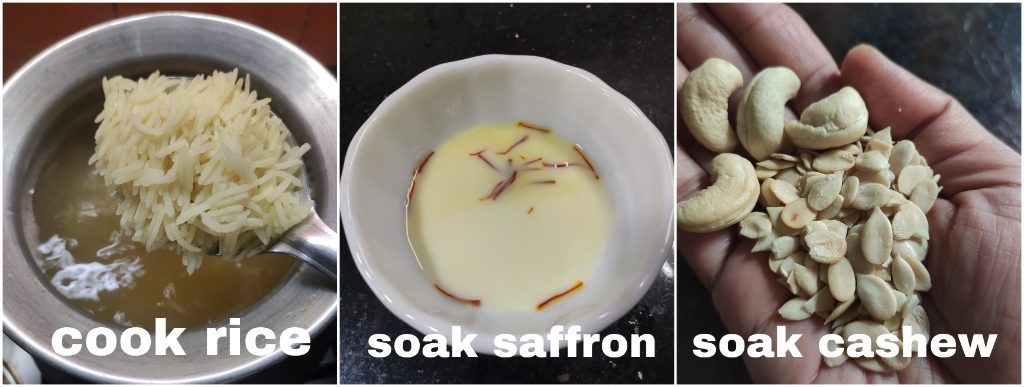
-Soak Saffron in a two tbl spoon of hot milk and keep it aside.
-Soak Cashew and melon seeds in hot milk, keep it ready.
-Boil water in a saucepan, add a pinch of salt and give one boil for the soya chunks; drain and keep it aside.
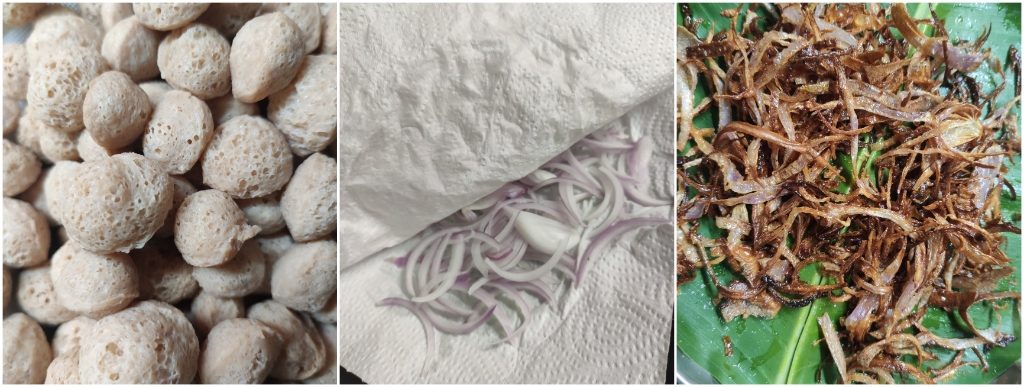
-Slice 2 onions, drain the excess moisture and deep fry and keep it aside. I usually sprinkle little salt and garam masala to this and mix it delicately.
-Now onwards, use leftover oil from the deep-fried onions.
–Let us move towards grinding masala:
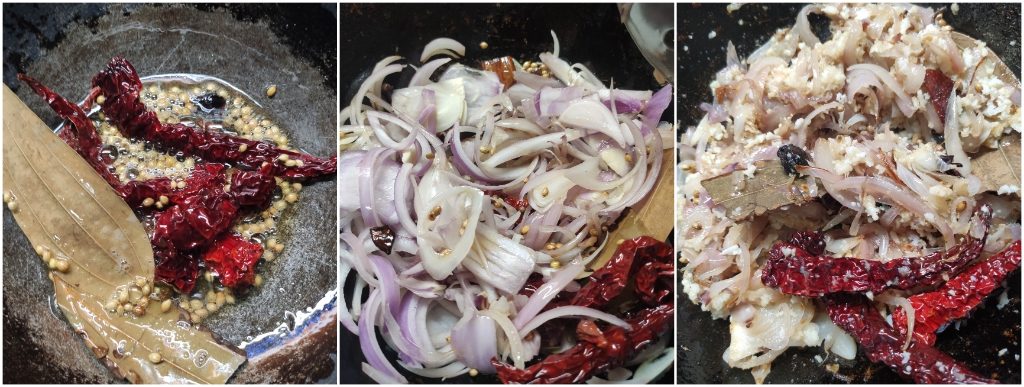
-Take one Kadai, add little oil, add all the masalas from Coriander seeds, Cinnamon, Bayleaf, clove, Star anise, Cardamom, Black cardamom, Black peppercorns, Red chillies fry well. Add chopped two onions, fry until it is transparent. Add ginger-garlic paste fry for 2 minutes. Add in coconut fry for 2 minutes. Cool the mixture, grind with soaked Cashew and make a fine /smooth paste.
–Next step is making veggie and soya nuggets gravy:
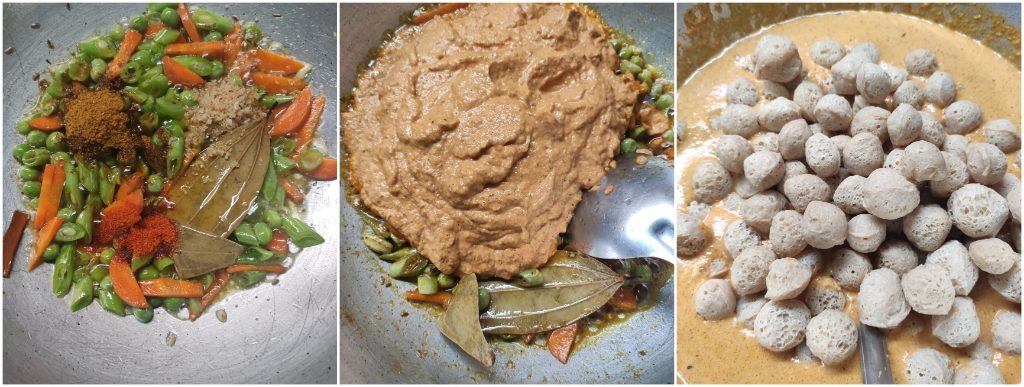
Take one Kadai, Add little oil, drop everything from shah jeera, cardamom, star anise, cinnamon, bay leaf, black cardamom, stone flower. After frying for 2 minutes, add in chopped veggies (beans, carrot, peas). Fry nicely by adding salt, a pinch of sugar, garam masala/biryani masala and red chilli powder. Add in ground masala, fry until oil oozes out. Adjust the consistency by adding water. When it starts boiling, add in drained soya chunks and give one boil. Switch off. Now, gravy is ready, and we are moving towards preparing dum by layering this with cooked rice and other elements.
To Make Dum:
We need to layer the veggie and soya nuggets gravy, cooked rice, chopped coriander and pudina, lemon water, rose water, saffron milk, deep-fried onions and leftover oil after deep frying onions. Hence, keep everything in your hands reach.
I use my pressure pan or big Kadai to assemble Dum.
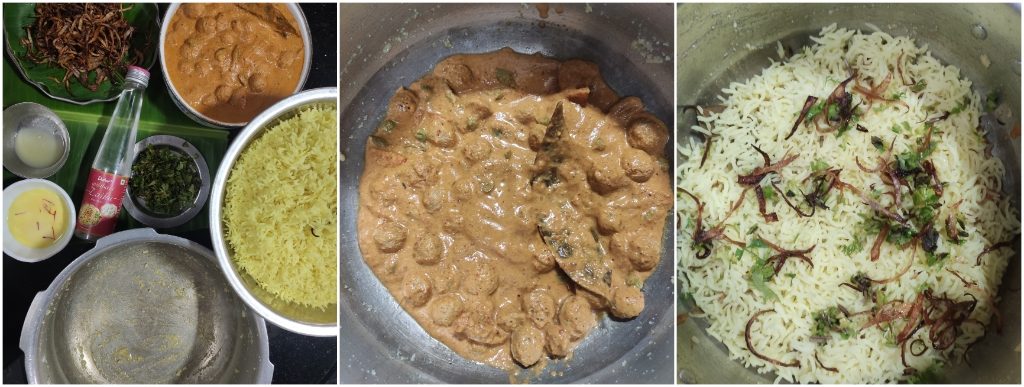
-Apply ghee or oil to the surface of Kadai or pan. Roughly, take one-third of the soya gravy and spread it at the bottom of the vessel.
Next, take 1/3 of the rice, spread it over the soya gravy. Now, Sprinkle 1/3 of each rose water, saffron milk, lemon juice, fried onions, chopped pudina and coriander.
-Next, 2nd layer of gravy, rice and repeat the process.
-Next, 3rd layer of gravy, remaining rice, lemon water, saffron milk, Rosewater, chopped greens, fried onions.

Now, make a hole at the centre by using your forefinger, pour all the remaining onion fried oil to the bottom, close the lid, and keep it in a simmer for 7 to 10 minutes.
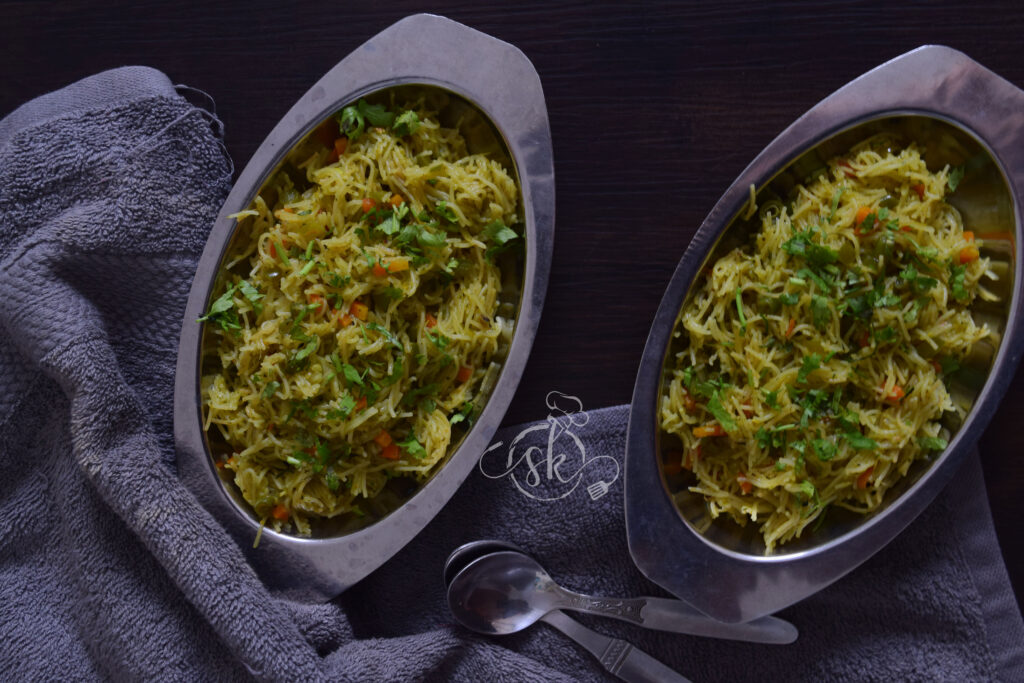
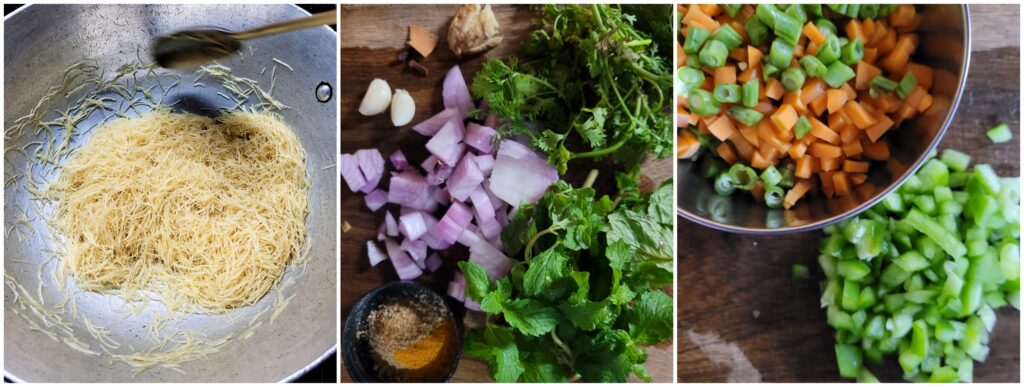
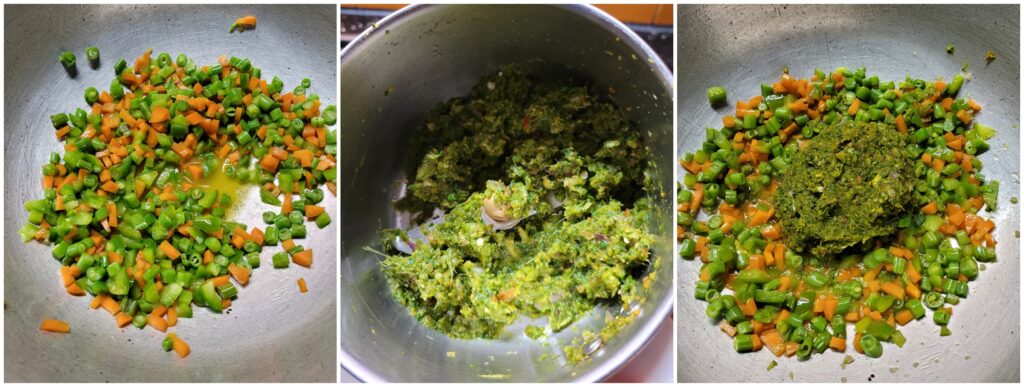


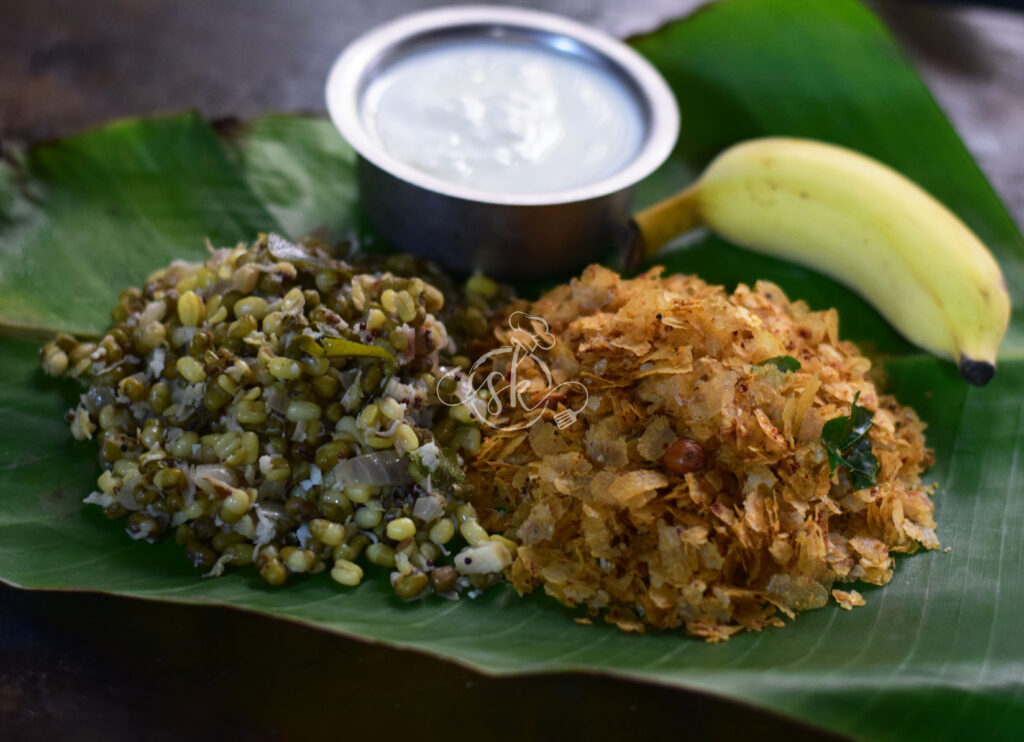
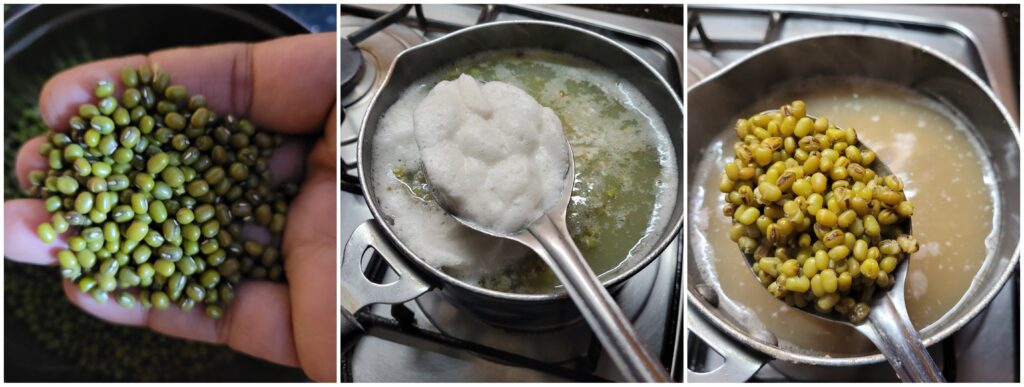
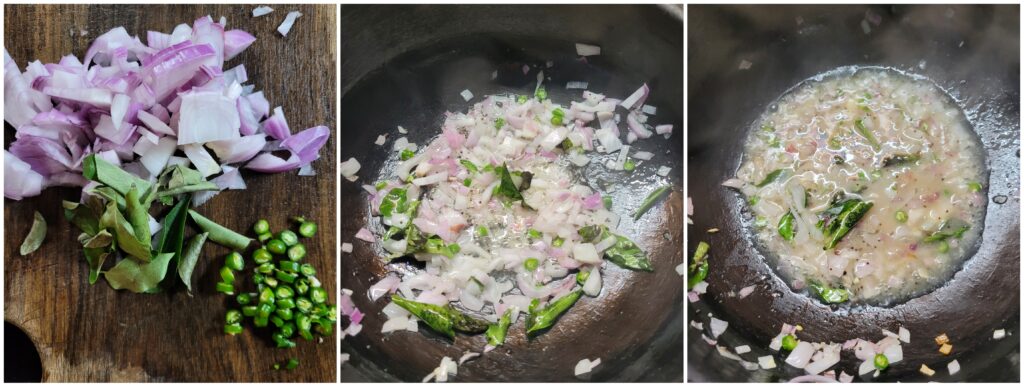
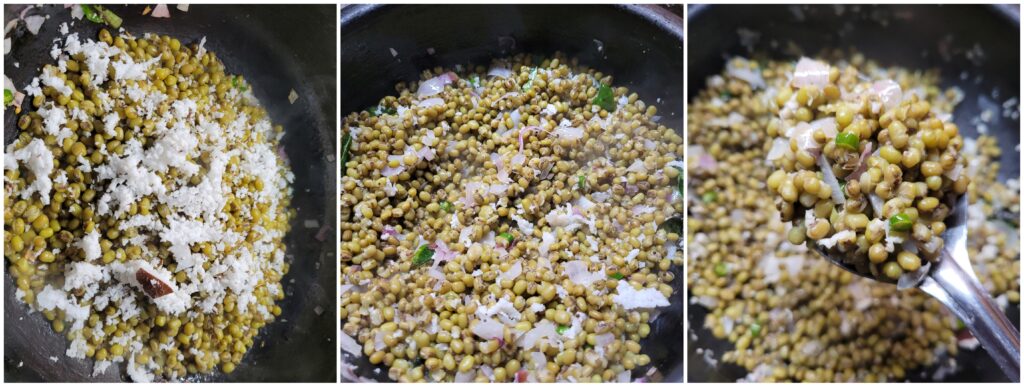
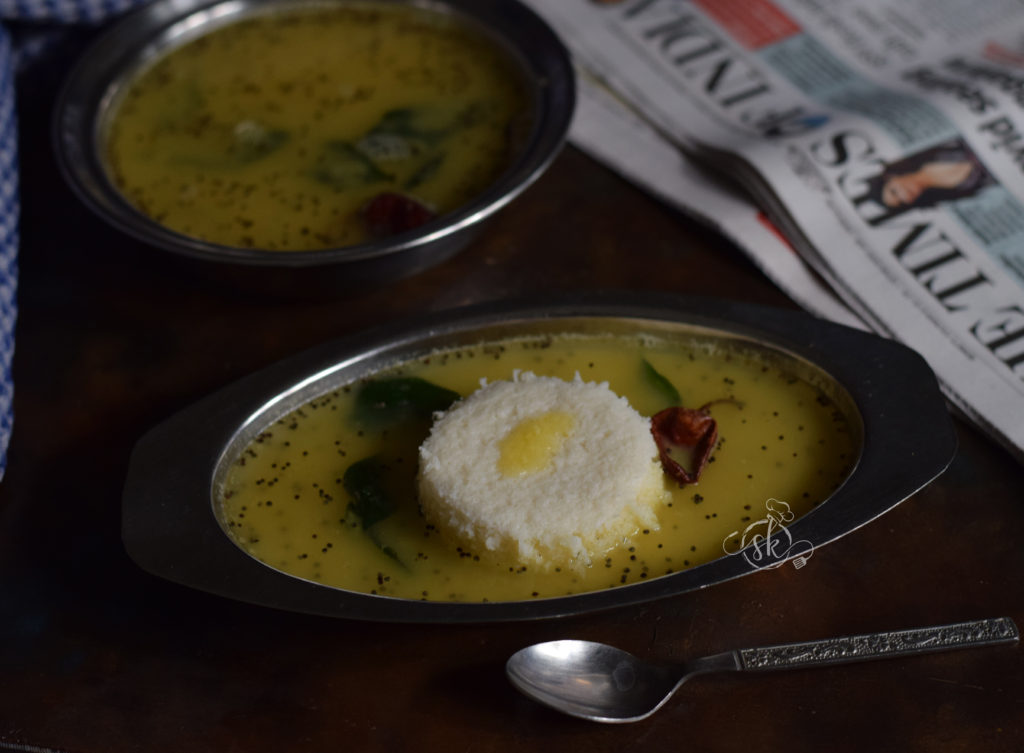


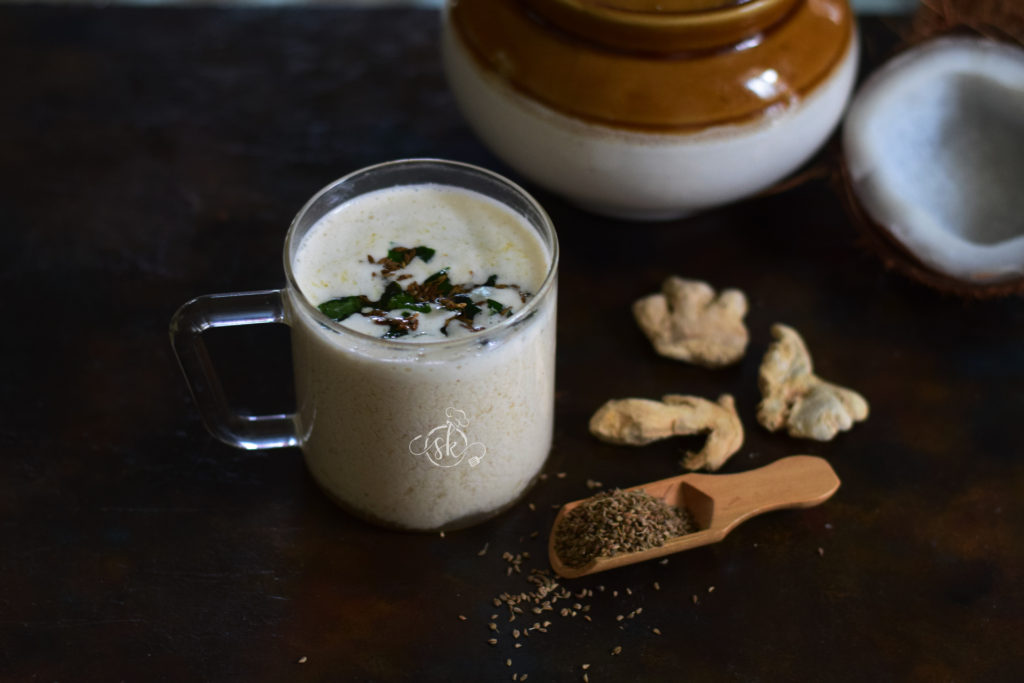
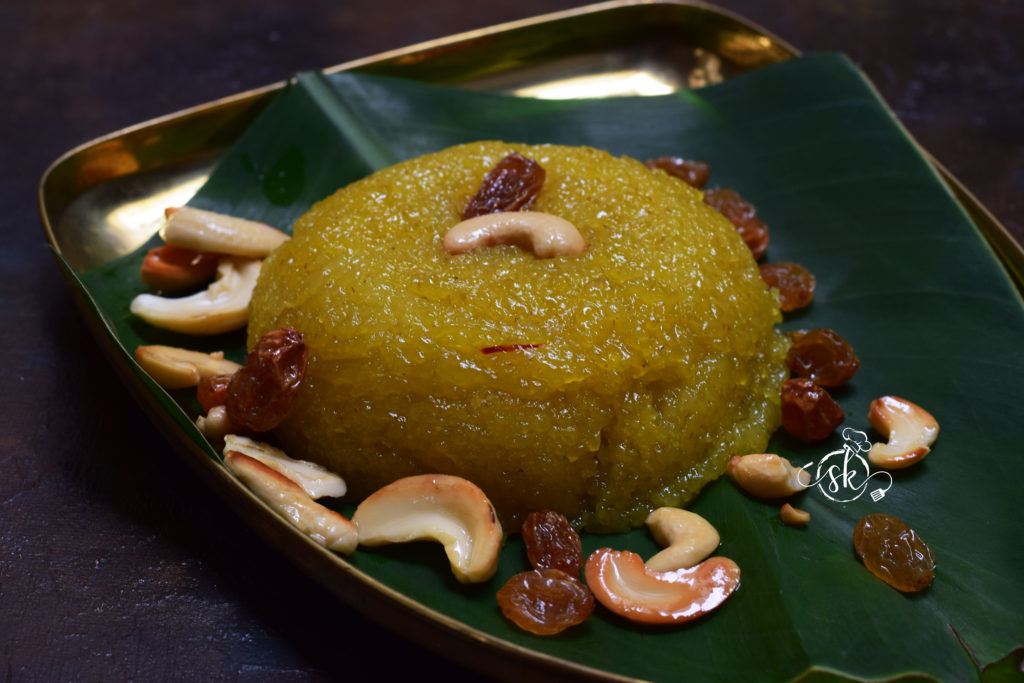
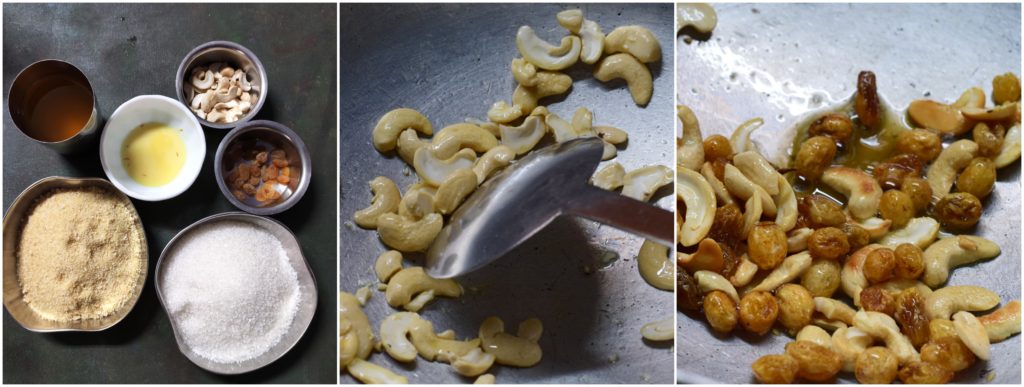

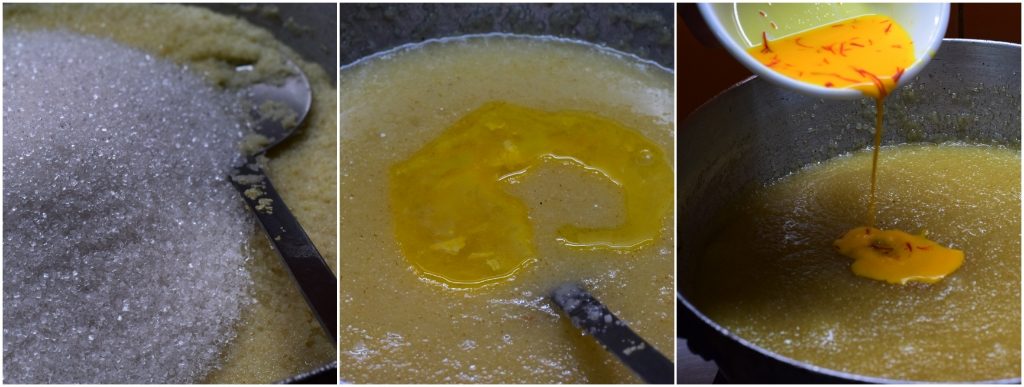

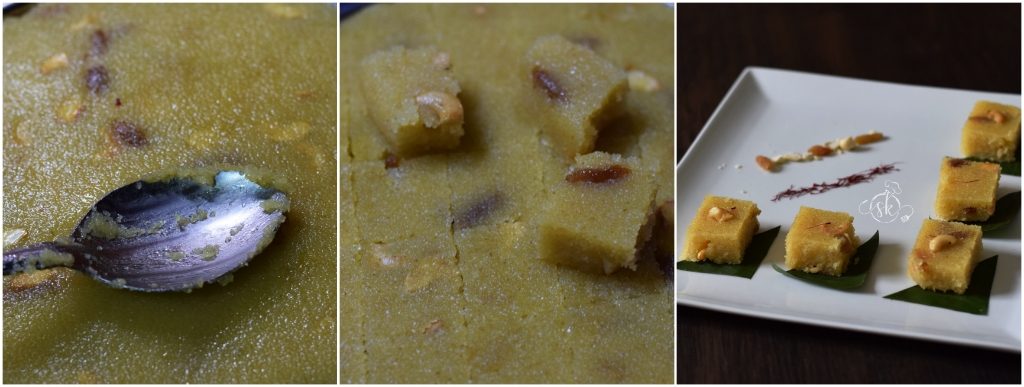
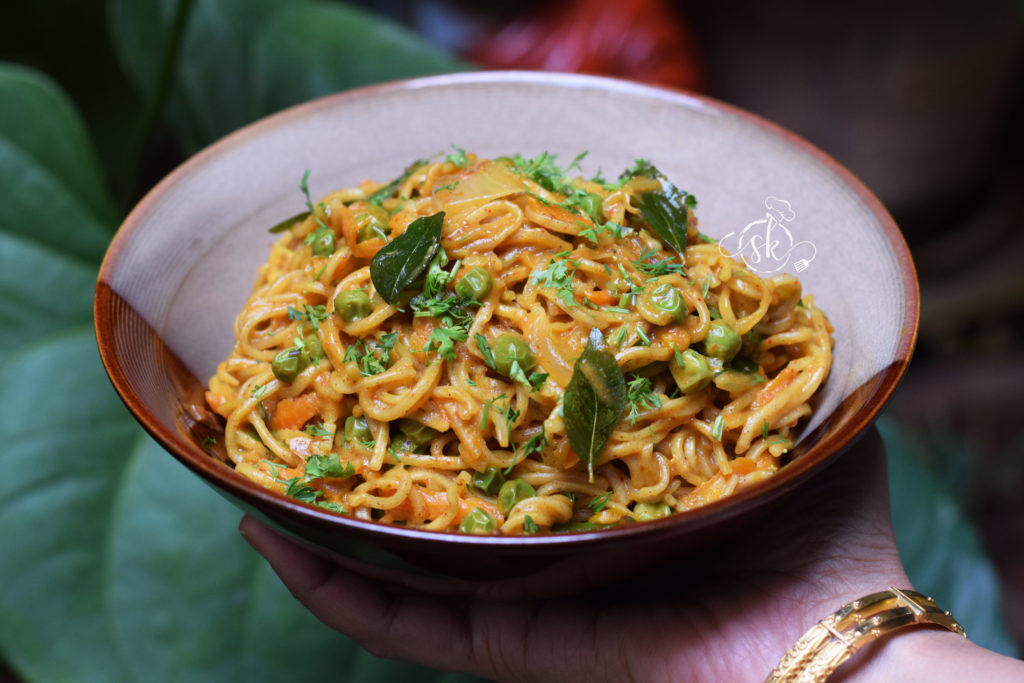
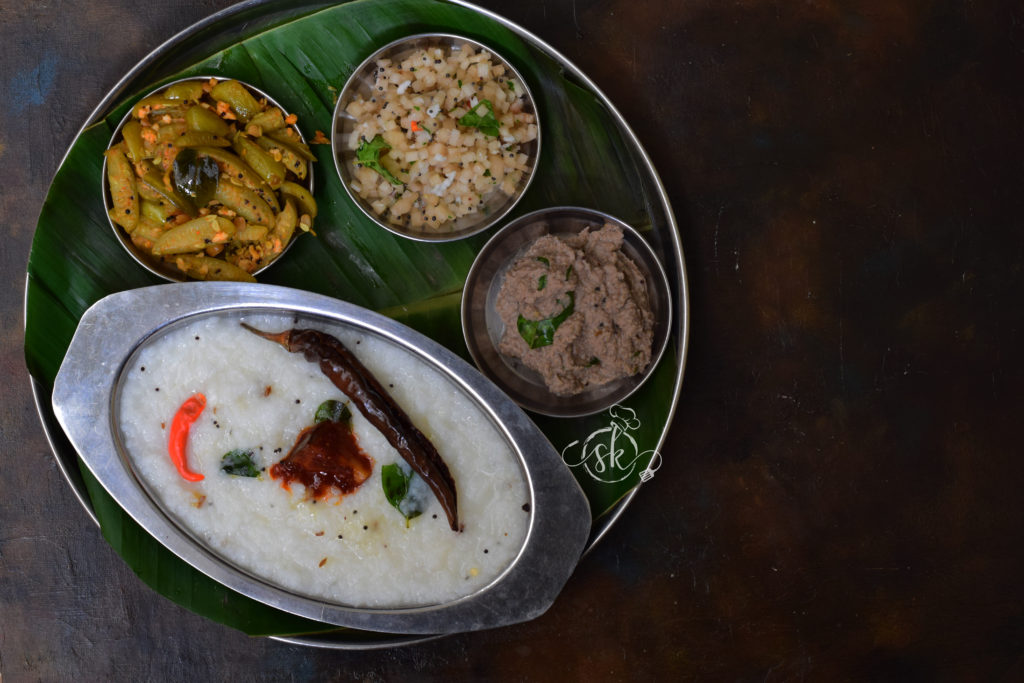
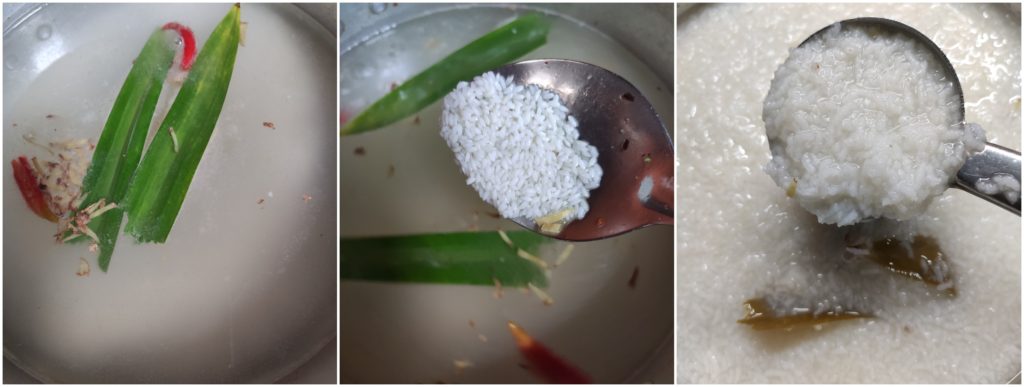



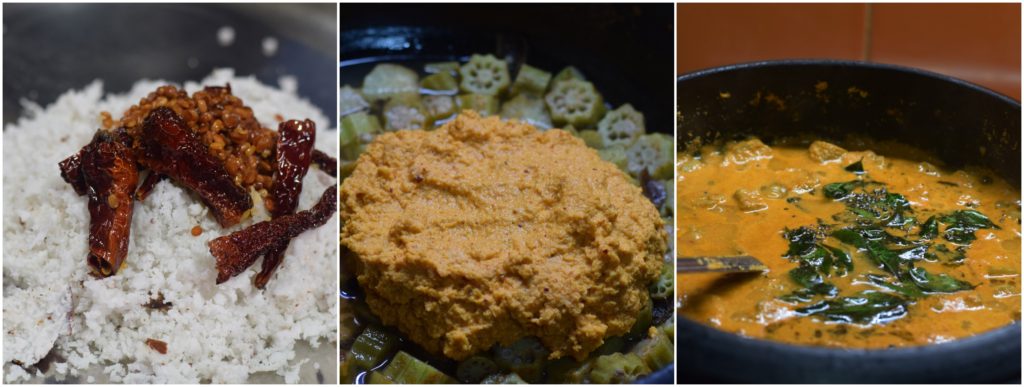

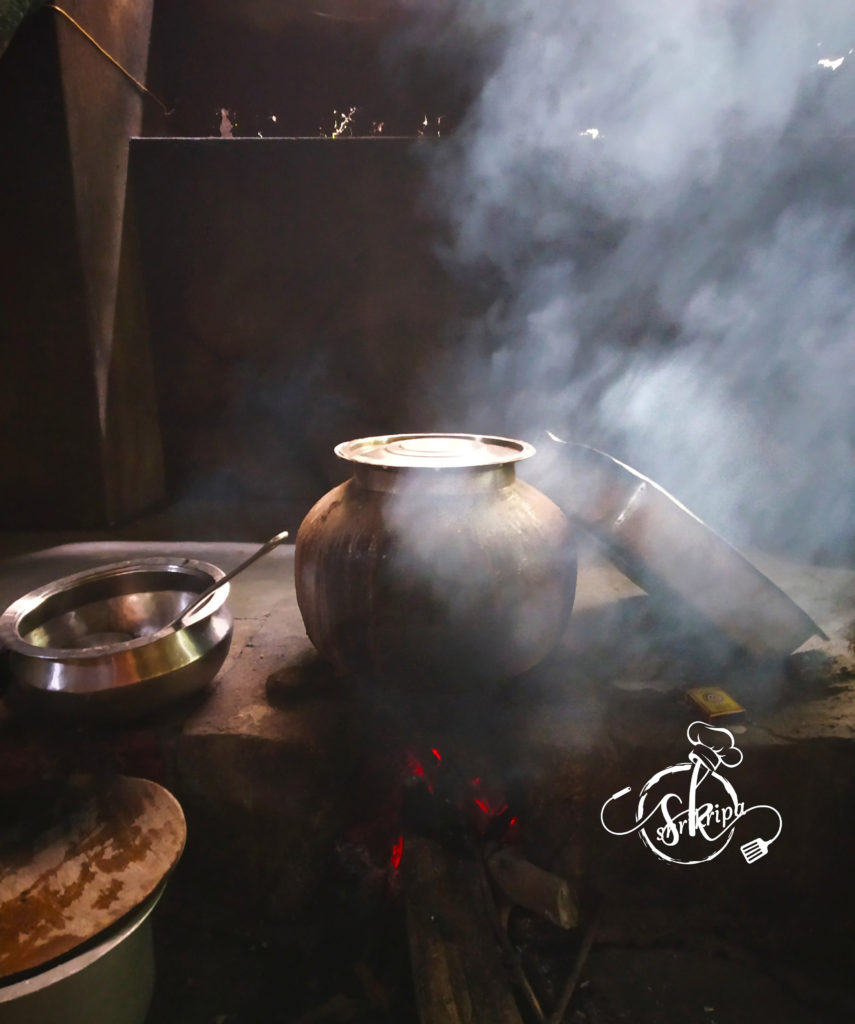
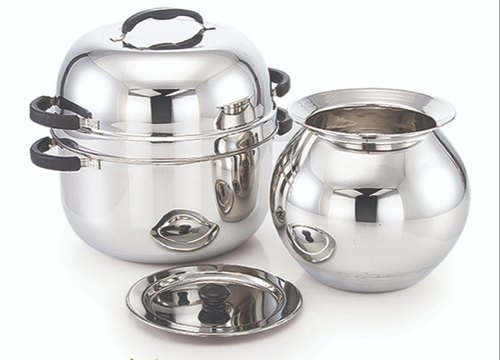 Pic Courtesy: By Google
Pic Courtesy: By Google